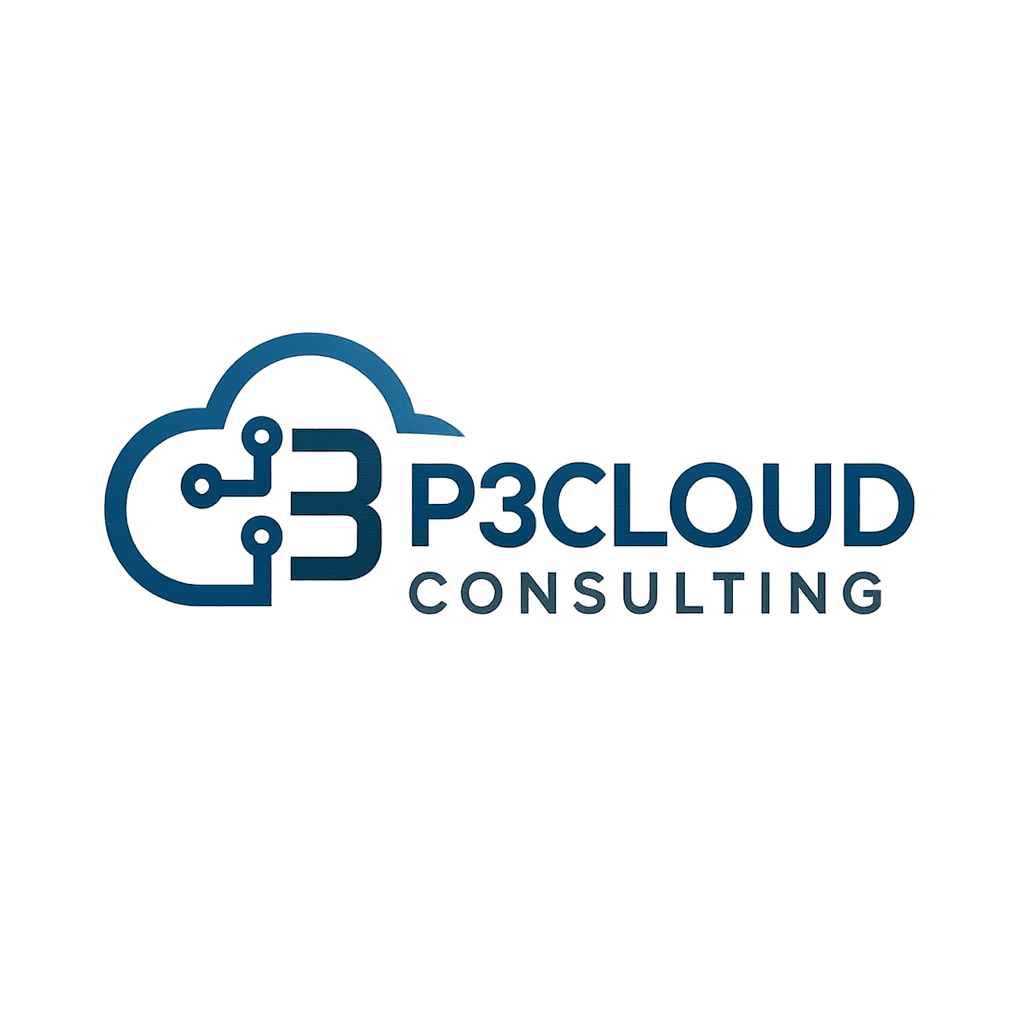Maximizing Cloud Efficiency: A Comprehensive Guide for Metro Vancouver Businesses
Understanding Cloud Efficiency
In today's digital landscape, businesses in Metro Vancouver are increasingly turning to cloud computing to streamline operations and enhance productivity. However, maximizing cloud efficiency requires more than just adopting cloud solutions; it involves strategic planning and optimization. This guide aims to help local businesses harness the full potential of their cloud investments.

Assessing Current Cloud Usage
The first step in maximizing cloud efficiency is assessing your current usage. Understanding how your organization utilizes cloud resources will help identify areas for improvement. Conduct a thorough audit of your existing cloud infrastructure, usage patterns, and costs. Look for underutilized resources and opportunities to consolidate services.
Consider implementing cloud management tools that provide insights into usage patterns and spending. These tools can help you make informed decisions about scaling resources up or down based on actual demand.
Optimizing Cloud Resources
Once you have a clear understanding of your current cloud usage, focus on optimizing resources. One effective strategy is to utilize auto-scaling features that automatically adjust resources based on demand. This ensures you are not over-provisioning and paying for unused capacity.

Additionally, consider implementing load balancing to distribute workloads evenly across servers. This not only improves performance but also enhances the resilience of your applications by preventing any single server from becoming a bottleneck.
Cost Management and Budgeting
Cost management is a critical component of cloud efficiency. Establish a budget for cloud services and regularly review expenditures to ensure they align with your financial goals. Take advantage of reserved instances or long-term commitments offered by cloud providers to reduce costs.
- Analyze your billing reports regularly.
- Identify unused or underutilized resources.
- Implement cost-saving measures like rightsizing instances.

Security and Compliance
Ensuring the security and compliance of your cloud infrastructure is essential for maintaining efficiency. Implement robust security protocols and regularly update them to protect against emerging threats. Additionally, ensure that your cloud solutions comply with local regulations and industry standards, such as data protection laws.
Regular security audits and vulnerability assessments can help identify potential risks and areas for improvement. Investing in employee training on cybersecurity best practices can further enhance your organization's security posture.
Future-Proofing Your Cloud Strategy
As technology evolves, so too should your cloud strategy. Stay informed about the latest trends and advancements in cloud computing that could benefit your business. Consider adopting multi-cloud or hybrid cloud environments to diversify your resources and avoid vendor lock-in.
Maintaining flexibility in your cloud strategy will enable your business to adapt swiftly to changing market conditions and technological advancements, ensuring long-term efficiency and success.
